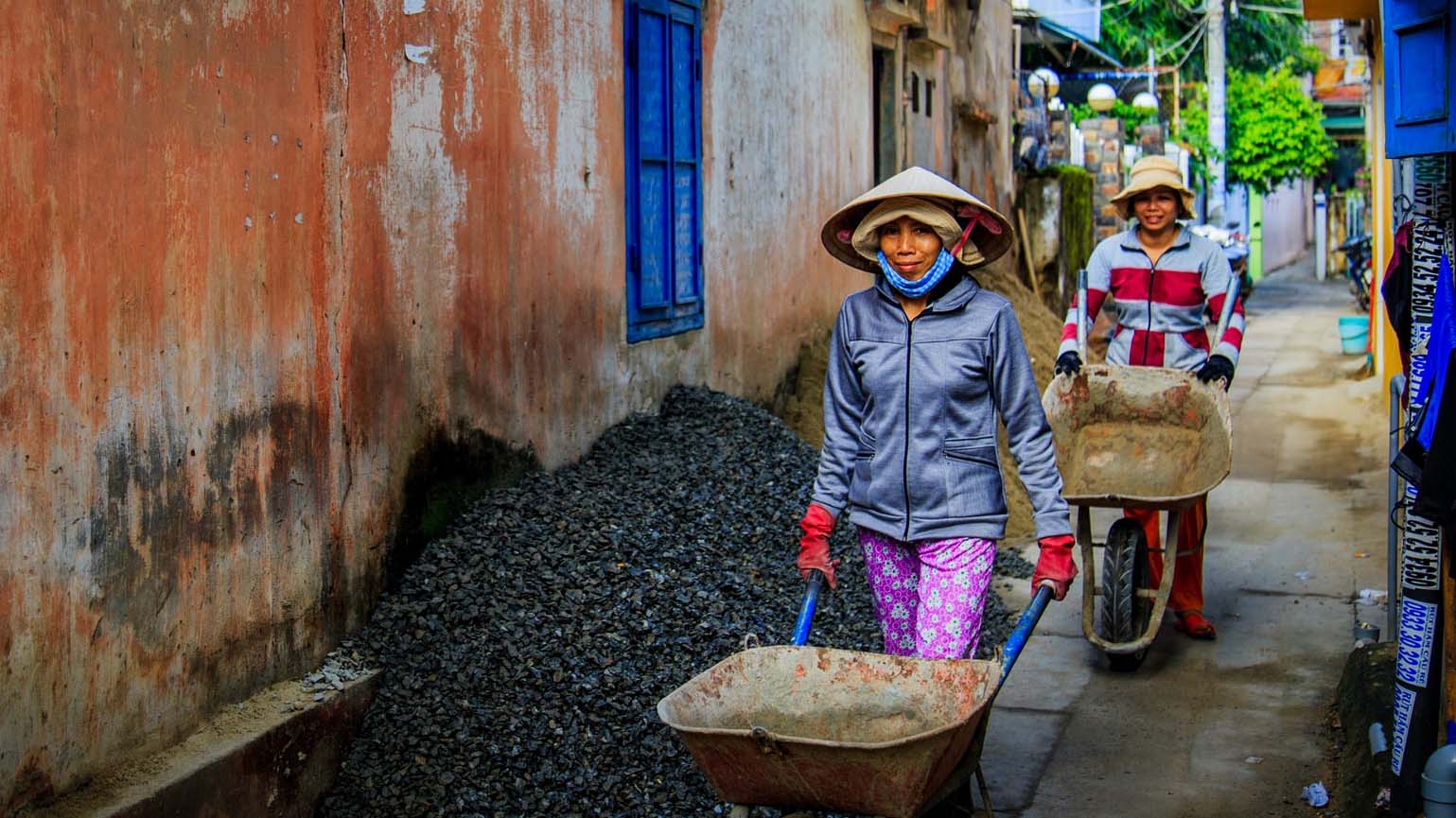125 results found
The project consists of a road concession procurement for exploiting infrastructure and public services provision for recovery, operation, maintenance, monitoring, conservation, implementation of improvements and maintenance of the service level of the BR-262/ES Highway, in the road section between BR-101 (B) - Viana/ES - up to the frontier between ES/MG; BR-262/MG, in the road section between ES/MG frontier with BR-381/MG - João Monlevade/MG; and BR-381/MG, in the road section between Belo Horizonte/MG to Governador Valadares/MG
Brazilian Decree nº 7.520/2011 and then Decree nº 9.357/ 2018 establishes the National Program for the universalization of Access and Use of Electric Energy - “LUZ PARA TODOS/LIGHT FOR ALL” until the year 2022, intended to provide the service with electricity to the portion of the rural population that does not have access to this public service.
The modernization of the Roca Railway has as main objective the renovation and electrification of the passenger service line Branch Constitution - La Plata, which has an extension of 52 km and moves 44 million people by year.
Metro Rail Transit Line 3 was put into service in 2000 and for the first 12 years
Cost Size: Total Cost of Scheme is INR 1,46,625 Crore and Union Government Support of INR 34,442 cores is to be provided
Infrastructure development should demonstrate social outcomes, argues Marie Lam-Frendo, CEO of the Global Infrastructure Hub.
This paper provides a preliminary assessment of expected benefits of government-backed identification systems for firms across a variety of industries.

Increasingly, infrastructure leaders, investors and developers are recognising the need to not only increase the quantity of infrastructure investment globally to drive economic growth, but also the quality of infrastructure investment, to ensure that that growth and development is inclusive and sustainable.
The OECD Recommendation on the Governance of Infrastructure provides practical guidance for efficient, transparent and responsive decision-making processes in infrastructure investment.

The Global Infrastructure Hub (GI Hub) welcomes the G20 Osaka Leaders’ Declaration that was released over the weekend and endorsed the Principles for Quality Infrastructure Investment as the G20’s common strategic direction and high aspiration.
The data presented in this report show that progress has been achieved in important areas such as legislation, vehicle standards and improving access to post-crash care. This progress has not, however, occurred at a pace fast enough to compensate for the rising population and rapid motorization of transport taking place in many parts of the world.

Project preparation is a critical enabler of infrastructure development and has been identified as a key pillar in the G20 s strategic roadmap to develop infrastructure as an asset class.

The IMF has compiled a suite of analysis, research, diagnostic tools, country reports, data sets, and other resources on the importance of public investment as a catalyst for economic growth.

In June 2016, under Japanese presidency, G7 Leaders endorsed G7 Ise- Shima Principles for Promoting Quality Infrastructure Investment, which has crystalized as definition of quality infrastructure investment.

G20 finance ministers and central bank governors developed a set of leading practices to promote and prioritize quality infrastructure investment.

An updated Checklist on Long-term Investment Strategies and Institutional Investors stresses on issues related to the identification of long-term investment needs.

G20 Leaders endorsed the High Level Principles on Long-Term Investment Financing by Institutional Investors in September 2013, which is intended to help governments facilitate and promote long-term investment by institutional investors.

This paper provides reflections and considerations as to how MDBs including the IDB can use the Project Preparation Facilities (PPFs) to help countries fill the infrastructure gap by improving the quality of projects, reducing and mitigating risks, and leveraging private financing.

The goal of this paper is to estimate the additional annual spending required for meaningful progress on the SDGs in these areas. Our estimates refer to additional spending in 2030, relative to a baseline of current spending to GDP in these sectors.

This paper proposes the adoption of advanced asset management practices that could help water and wastewater utility operators to improve their competitiveness and become more sustainable in operational terms.


 Back
Back







